HELLY R
Office dress codes, timeless fashion, and the style of Severance
As someone who admittedly loves spoilers, I somehow made it almost 3 years without hearing a single detail about SEVERANCE. I, of course, had heard it was amazing and that the last few moments of season 1 had kept the people on the edge of their seats since 2022. Still, I somehow managed to stay completely unaware of any part of the premise, which made watching it for the first time so fun and even more incredible. It’s why I’m going to try to keep this post as spoiler-free as possible, so if you’ve been curious but haven’t yet started watching, you have that same naked experience going in with nothing shaped in your brain about it.
Costume designer Sarah Edwards does a fantastic job using clothes to tell the story of the show’s themes of duality and identity. Without going into too much detail, Edwards uses costumes to highlight two very distinct sides of each character, with clothing reflecting the different worlds they live in. The detail in the costuming for Helly R (played by Britt Lower) captured my attention immediately. Every aspect of her wardrobe reflects the tension between compliance and defiance, reinforcing her role as someone constantly testing the limits of her confinement. Even her hair, often left down with its natural waves, adds to her unpolished edge.
Though I do think all of Helly’s outfits are noteworthy, there’s something about the monochromatic blue ensemble she wears in S2E3 that really has a hold on me, and the blue turtleneck in the look specifically stays on my mind. Again, avoiding specific spoilers for season 2 (which is really difficult to do, by the way), it’s one of two times we’ve seen Helly R wear a turtleneck, and if you watch the show, you’ll know this was another time where she may have had a reason to conceal something. This look is also an elevated version of what Helly is wearing when we first meet her in S1E1, a more mature take on her blue knit t-shirt and teal pencil skirt combo.
Seth Milchik, played by the extraordinary Tramell Tillman, has also had a couple of turtleneck moments in the show, including one in a similar blue to Helly R’s. The costumes for both Helly and Milchik subtly mirror and oppose each other, and this contrast is one of my favorites in the show as it really highlights the themes of control and rebellion at Lumon. Helly, while wearing the company's standard office attire, always has something a little off about the fit of her clothing, almost as if she’s rejecting the uniform even while wearing it. The muted greens and blues in her wardrobe set her apart from the rigid monotony of Lumon's aesthetic, while Milchik’s crisp, neutral outfits scream corporate discipline. Their contrasting costumes emphasize the tension between them—Helly pushing against the rules, and Milchik making sure they stay in place.
The costuming in SEVERANCE feels even more interesting since the characters we see while at work are not actually the ones choosing their outfits for the day. Many of the outfits worn appear to be opposite of the personalities of each of their Outies, which isn’t too different from dressing for work in the modern world. This got me thinking about office dress codes and how far they’ve come, and also curious about how we got here.
Office dress codes have changed a lot over the years, and it’s interesting to see how much of that has been influenced by society and pop culture. Movies and TV shows don’t just mirror these shifts—they help drive them, giving us a front-row seat to the evolution of workwear over time.
In the mid-20th century, office environments were defined by strict dress codes that emphasized hierarchy and formality above all else. Men stuck to dark suits, white shirts, and ties, while women wore modest dresses or structured skirt suits. It was a buttoned-up, polished look, and films like THE APARTMENT (1960) capture the strict fashion rules of this era.
AMC’s MAD MEN is one of the most iconic depictions of 1960s office culture, especially when it comes to fashion. Men, like Don Draper (played by Jon Hamm), are almost always in sleek, tailored suits with skinny ties, reflecting the era’s emphasis on structure and authority. Women’s office style depends on their role—Joan Holloway was always shown in feminine, polished, and form-fitting dresses, while Peggy Olson starts out in conservative blouses and skirts, mirroring her position both at work and in society.
What makes MAD MEN such a standout in costume design (and why it’s still talked about today) is how fashion was used as a status symbol. Dark, sharp suits signified power among male executives, while women balanced professionalism with femininity, using pearls, gloves, and brooches to add a personal touch. The show also subtly tracks the changes in office fashion throughout the decade; Peggy’s wardrobe, for example, shifts from forgettable secretary looks to more structured, confident silhouettes as she moves up the corporate ladder.
The 1980s took us into a new era of office fashion, especially for women as they stepped into executive roles in greater numbers. “Power dressing” was the name of the game; structured blazers, bold shoulders, and strong silhouettes were all about looking confident and in control. WORKING GIRL (1988) is a great example of this shift, with Tess McGill (played by Melanie Griffith) transforming from messy, casual outfits to sharp-shouldered blazers and sleek pencil skirts, literally dressing for the job she wanted.
This period was all about making a statement; structured suits, bold colors, and standout accessories reflected the growing ambition of women in the workplace. And with film and television media reinforcing the trend, real-life professionals followed suit, bringing power dressing into the mainstream.
As corporate culture evolved in the late 20th century, office dress codes loosened up too. The rise of tech startups and more relaxed workplaces gave way to business casual pieces like khakis, polo shirts, and simple blouses, a look perfectly captured in THE OFFICE. Unlike the sharp, structured tailoring of MAD MEN or WORKING GIRL, the characters in THE OFFICE reflect the laid-back vibe of the modern workplace with their everyday clothes.
But not every industry went casual. THE DEVIL WEARS PRADA shows the other side of office fashion, where industries like fashion and media still demand a polished, high-end look. Miranda Priestly (played by Meryl Streep) embodies the ultimate power executive with her designer coats and impeccable outfits, while Andy Sachs’ (played by Anne Hathaway) transformation from frumpy to fashionable proves how style can be a key part of professional growth.
Today’s workplace attire is more diverse than ever, blending professionalism with individual style. A standout modern example of this shift is SUCCESSION, which shows how corporate power dressing looks in the world of tech billionaires and media moguls. Unlike the bold power suits of the '80s, SUCCESSION goes for a more understated take on wealth and authority, favoring quiet luxury. Characters like Kendall Roy (played by Jeremy Strong) wear fitted, high-quality suits with a more relaxed twist.
With hybrid and remote work becoming more common, office dress codes are still evolving. Media continues to play a big role in shaping this change, showing how professionals are balancing comfort, self-expression, and professionalism in a time when what counts as “workwear” is more flexible than ever.
As long as television and film continue to explore workplace dynamics, they will remain a powerful force in defining how we dress for work, and I’m interested to see where we go from here.
Why the outfit works: What I love so much about the costuming in SEVERANCE is that these outfits really could be from any time period and in any location. Nothing gives any detail away, and that is by design. This particular look could have easily been seen in MAD MEN but also would have worked on the set of THE OFFICE. It’s a classic, timeless look and is as nondescript as the work they’re doing day-to-day in Lumon.
Where to find similar pieces: Britt Lower said it herself: everything with the costume design in SEVERANCE is intentional; pieces are handmade, and the knits are dyed to be specific colors, so finding an exact match is gonna be tough. But I searched hard for the right tone, also taking into account the thinness of the fabric in the one Helly R wears and rounded up a few options for you to try.
Ripley Rader / Navy Turtleneck / $128
Though the color on this piece is a bit darker than the one worn by Helly, something about the fit is really spot on. They also have this style top available in a more cobalt blue.
LL Bean / Women's L.L.Bean Interlock Turtleneck, Long-Sleeve / $29.95
This affordable option offers a wide range of size options (up to a 3x).
Norma Kamali / Slim Fit Long Sleeve Turtleneck Top in True Navy / $95
I love this option because it has a zipper in the back of the turtleneck, so there’s no need to mess up your hair and makeup when you put it on. This is a darker tone but the silhouette and zipper make it a great contender.
Target / Women’s Game Day Long Sleeve Mock Turtleneck T-Shirt / $18
This one is pretty close color-wise to the custom piece worn by Helly R in the show, and at under $20, it’s a no-brainer.
XO, H


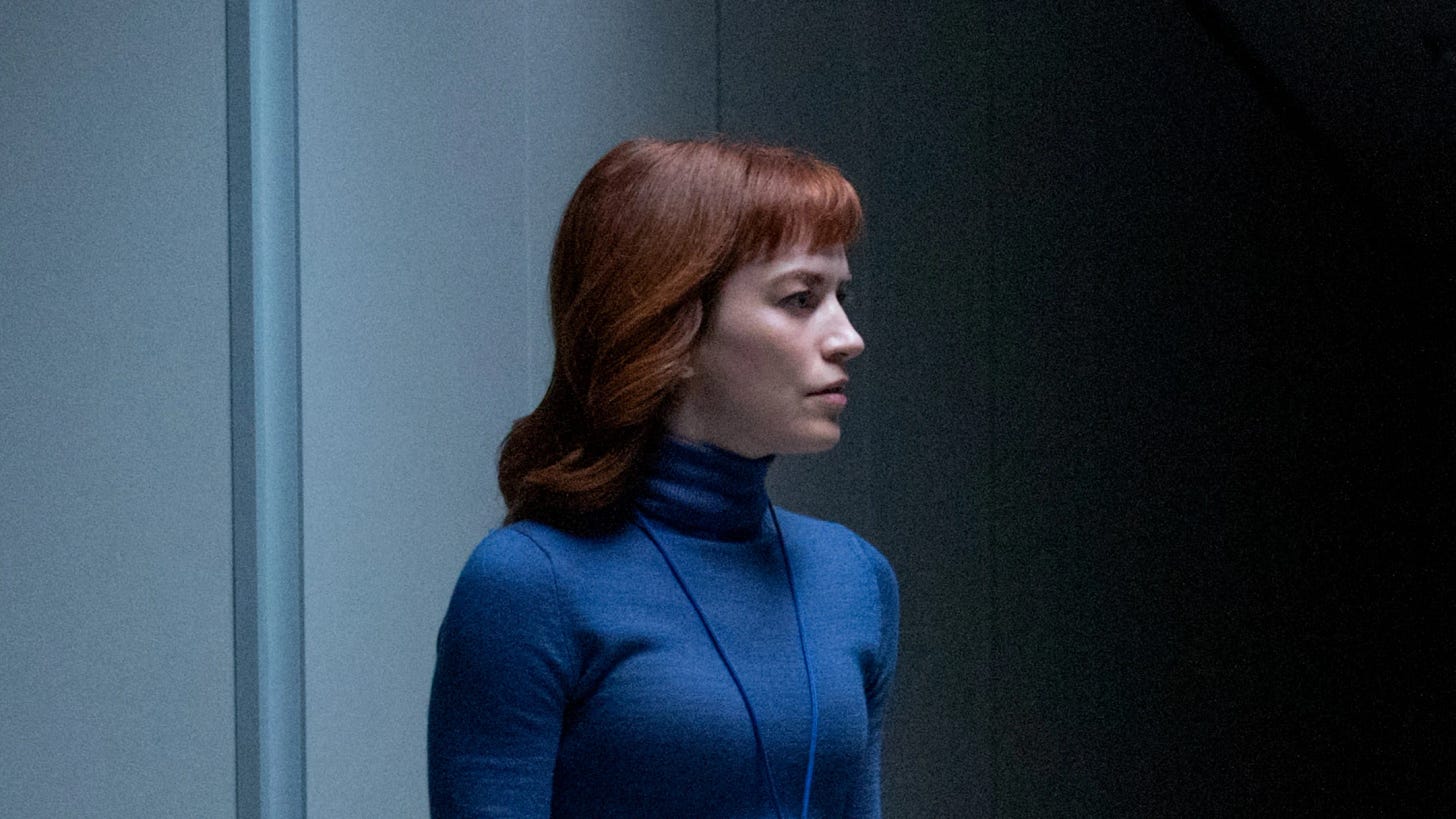
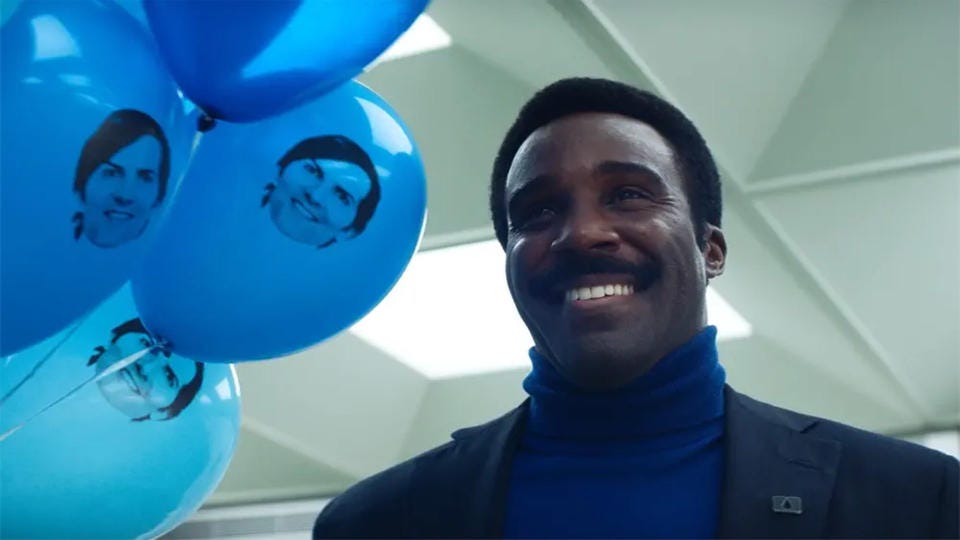
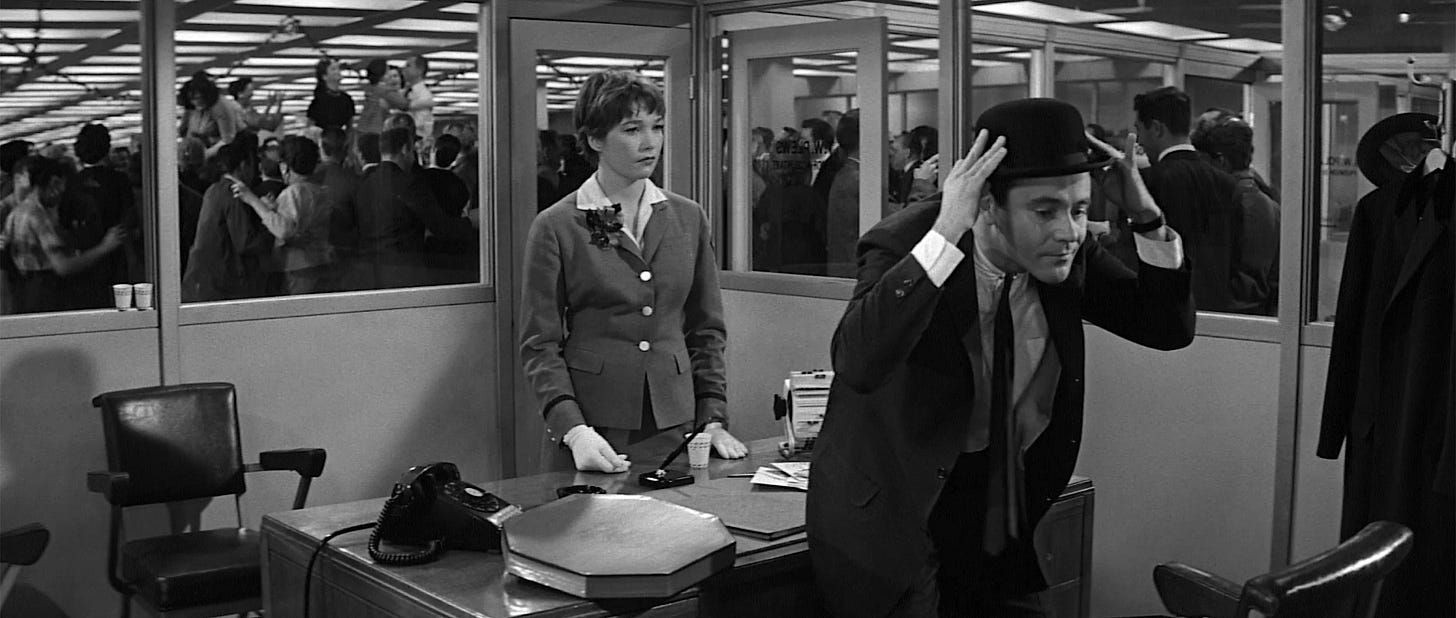

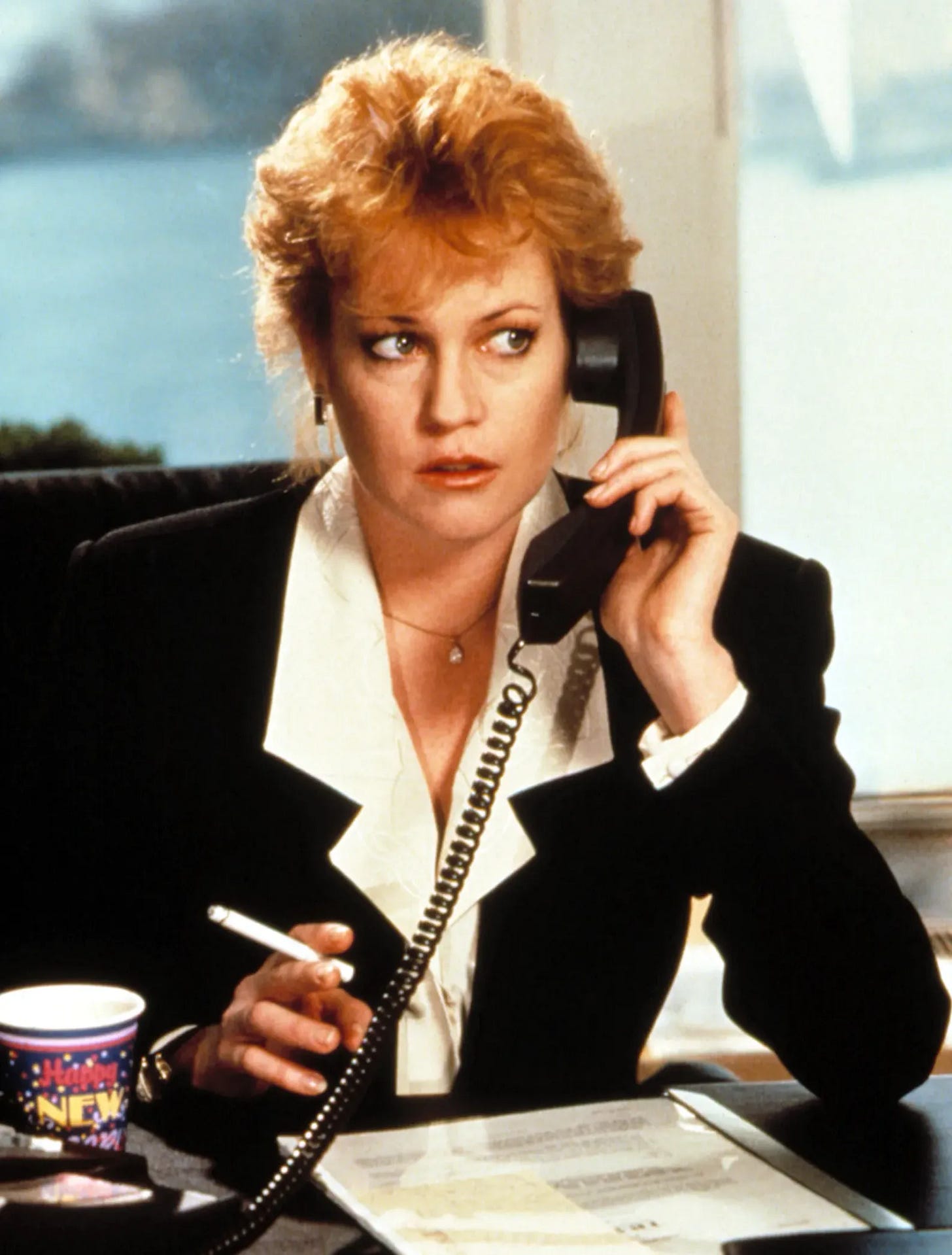
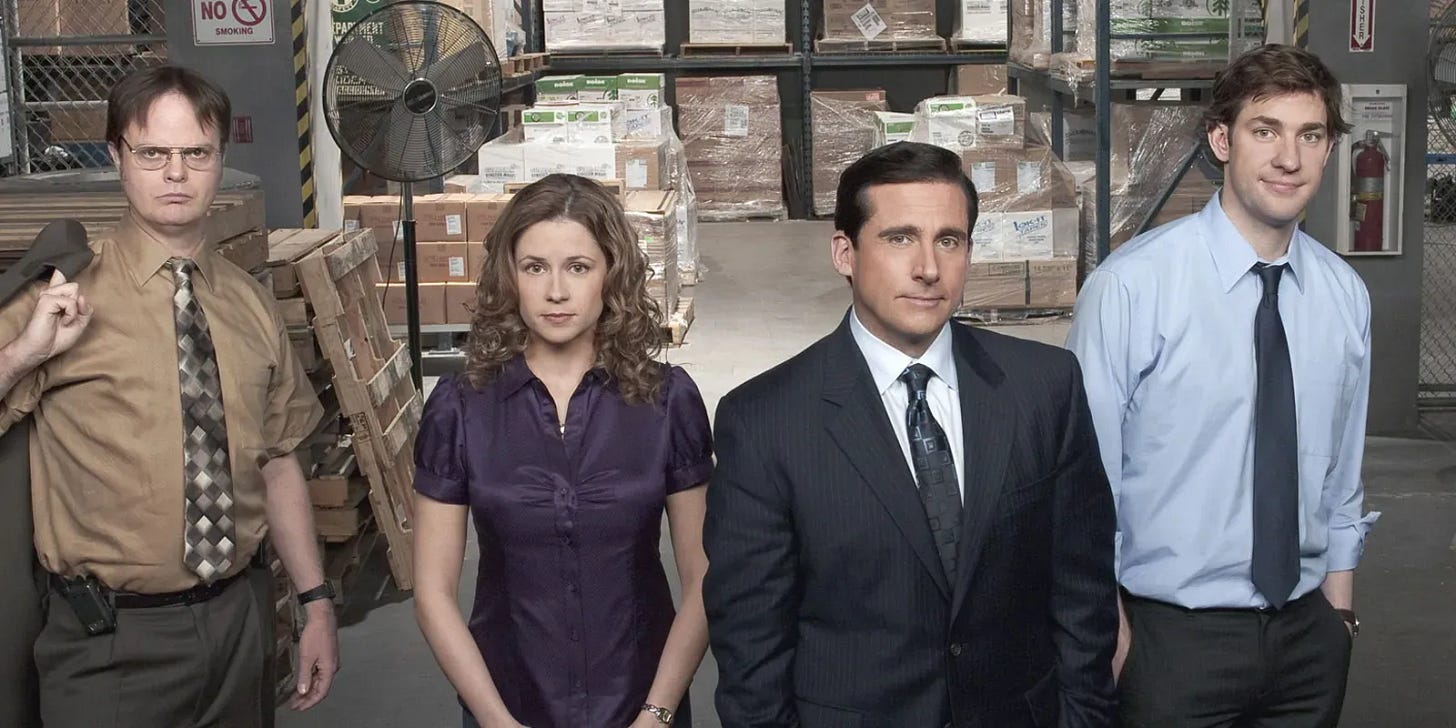
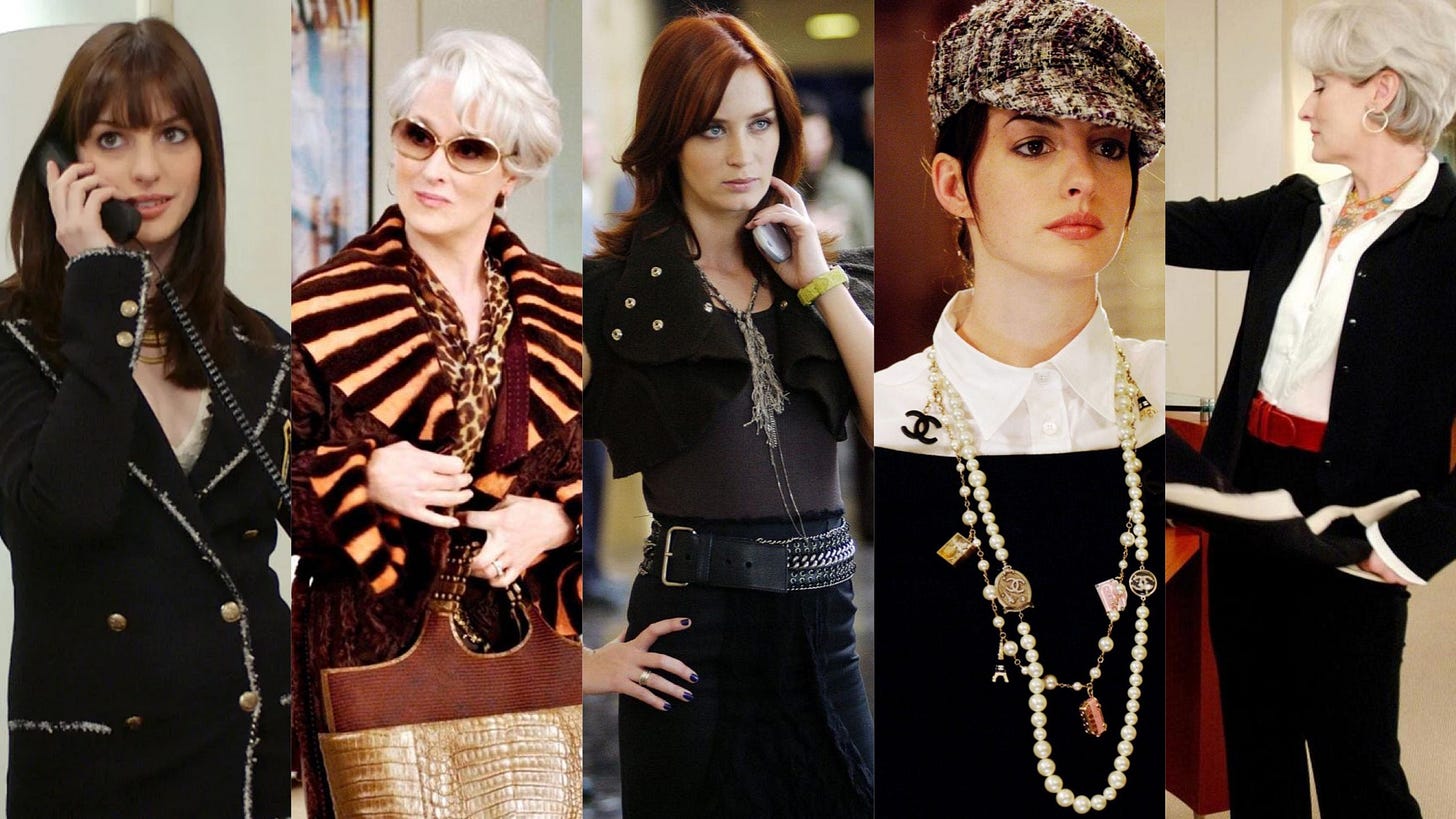
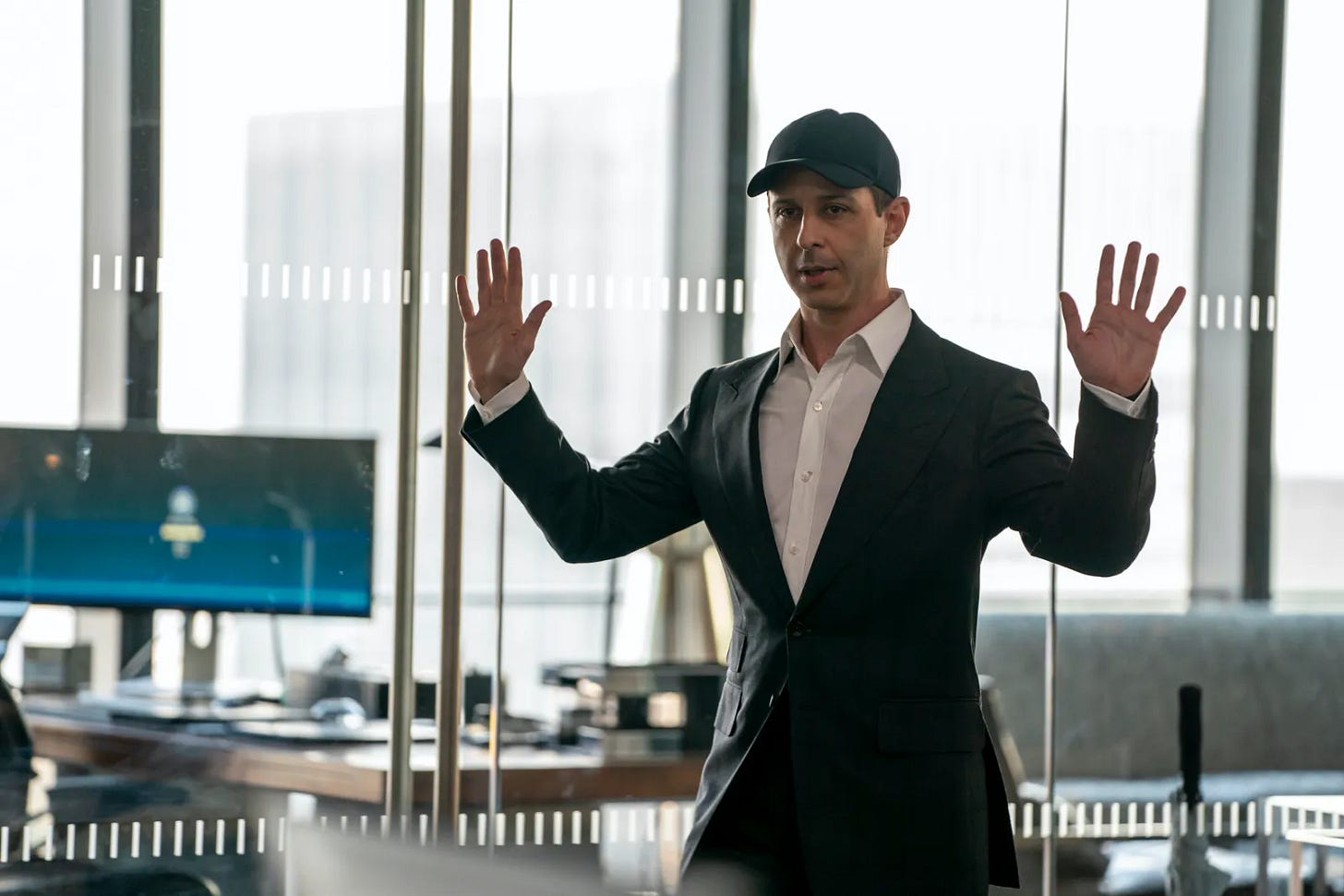

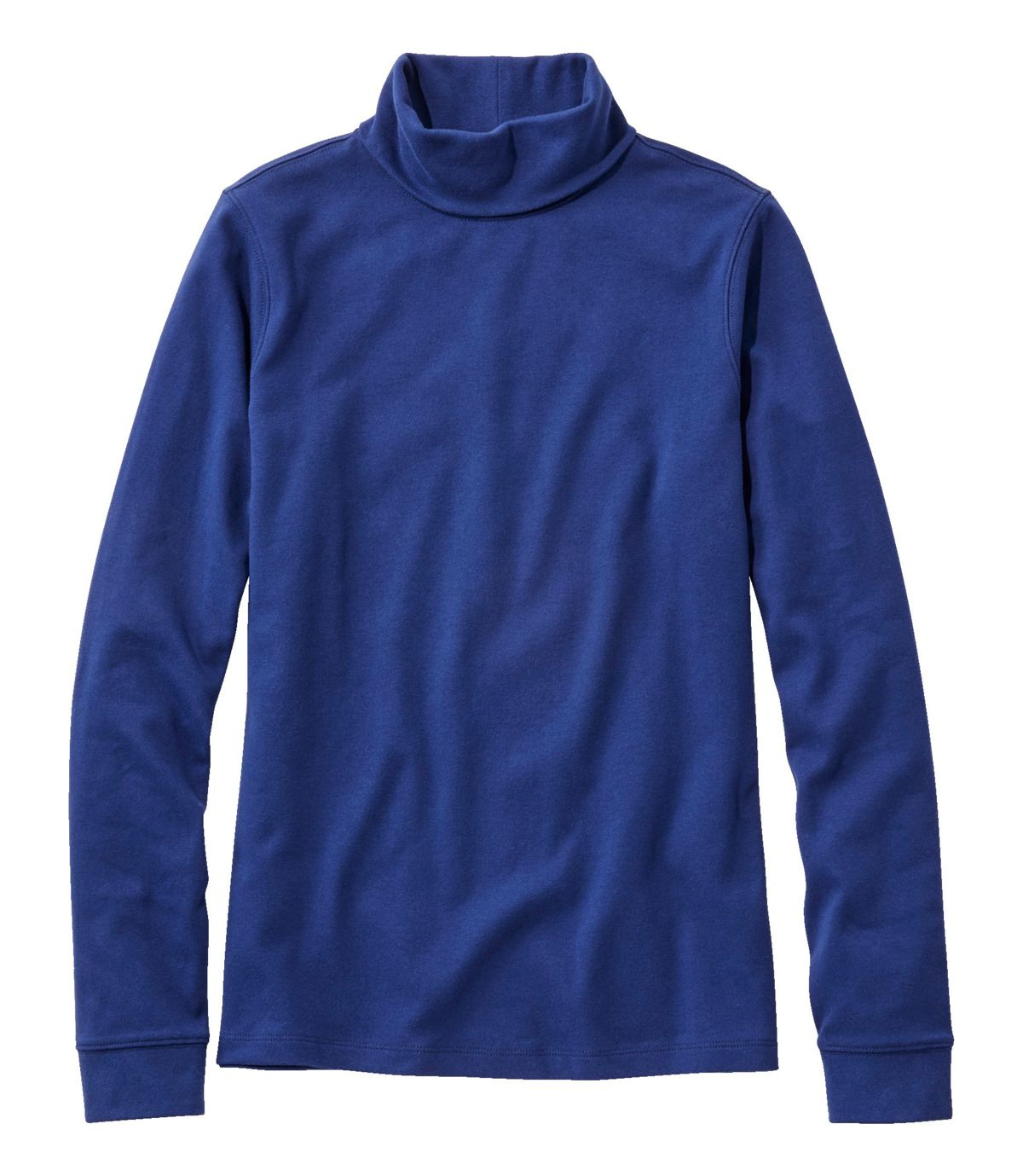


pregaming for the episode by reading this🙂↕️
As a daily black turtleneck gal (peep the pfp), I've been considering making the switch to blue in part thanks to Helly... and now I find out there are turtlenecks with zippers on the back that exist?! This piece is an eye opener on so many levels, bravo!